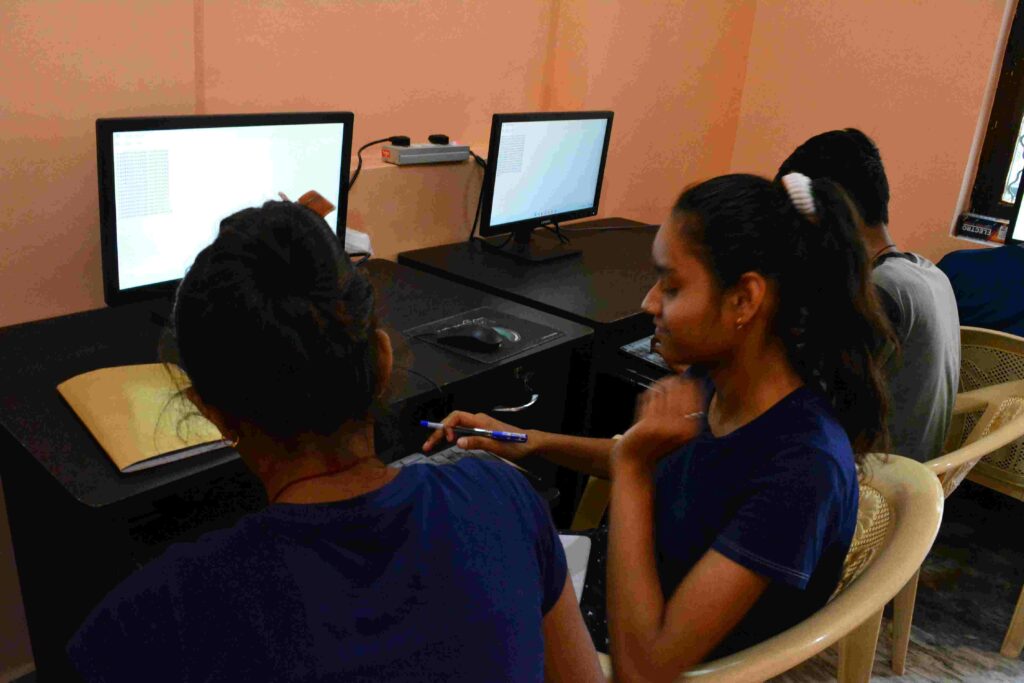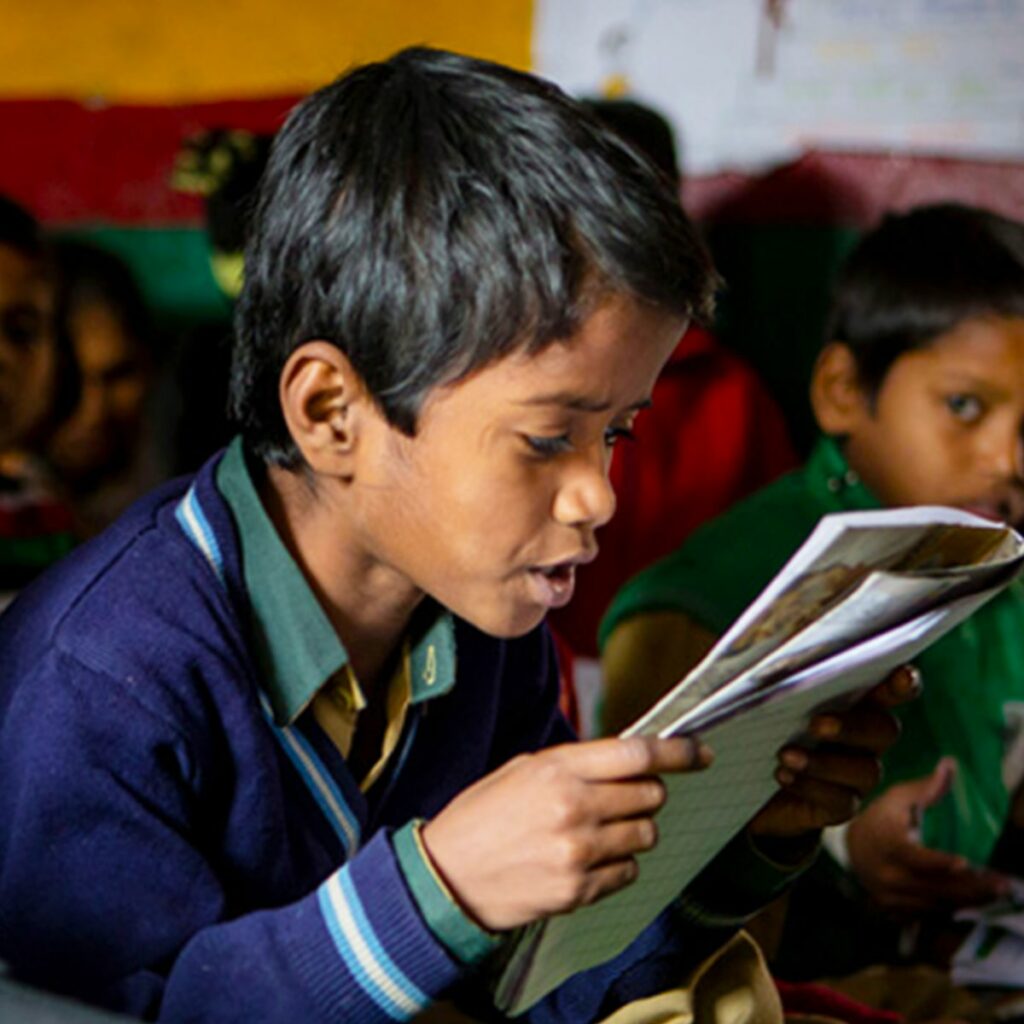
How the Role of Digital Literacy Can Transform Rural Children’s Lives
Summary/TL;DR on Digital Literacy in Rural AreasImplementing digital literacy in rural areas significantly enhances education for children by bri....
Read MoreBoth education and literacy are crucial for children's development, yet there is a distinct Difference Between Education and Literacy. Literacy refers to the basic skills of reading and writing, enabling children to communicate and comprehend fundamental information. In contrast, education encompasses broader knowledge, critical thinking, and application of information in real-life contexts. While literacy serves as a foundation, education guides children in understanding and using that foundation in meaningful ways. For underprivileged children, access to both is essential to overcoming barriers, breaking the cycle of poverty, and fostering personal and social growth. Organizations like CRY India aim to bridge gaps in these areas, ensuring that every child has opportunities for a complete educational experience.

When we talk about children’s learning, people often use the words education and literacy as if they mean the same thing. However, the truth is that there is a significant difference between education and literacy. Understanding this matters a lot, especially when we think about the future of underprivileged children. Let’s take a simple look at education vs literacy and see why both play an equally important role in a child’s growth and development.
Before we explore the literacy and education difference, we need to understand what each of these terms really means. Many times, we assume a child is educated just because they can read and write. But being literate is not the same as being educated. Education goes much deeper and shapes the way children think, learn, and live.
So, what is the real definition of education and literacy, and how can we use this knowledge to help children?
Literacy refers to the fundamental ability to read, write, and comprehend basic information. If a child can read a storybook, write a few sentences, or understand a signboard, they are considered literate. Literacy is often measured by a person's ability to use language effectively to communicate and understand the world around them.
But literacy is only the first step. A child who can read and write has a foundation. However, literacy alone does not prepare them to deal with life’s bigger challenges.
Education is much more than literacy. It is about gaining knowledge, learning valuable lessons, developing life skills, and understanding how to apply information in real-life situations. Education helps children think critically, solve problems, and grow as responsible citizens.
So, while literacy enables a child to read a book, education teaches them how to understand that book, question its ideas, and apply the knowledge in their life. This is the real difference between education and literacy.
Also Read: Why Donation for Child Education Matters?
Now that we know the basic education and literacy definitions, let us look at how they differ.
For example, a child may be able to read a story about kindness. Literacy helps them read the words, but education teaches them the value of kindness and how to practise it in their daily life.
This shows the core of education vs literacy. Literacy gives a child the tools, but education teaches them how to use those tools. Literacy is a doorway, but education is the full journey.
Also Read: Role of Education in Human Capital and Development
It is not about choosing between literacy and education. Both are essential for children. Literacy gives children confidence and independence. Education shapes their character and future.
Without literacy, education becomes difficult. Without education, literacy remains incomplete. Together, they help children reach their true potential.
When children learn to read and write, their world opens up. They can explore stories, gain new information, and communicate better. Literacy builds self-confidence and allows them to dream bigger. It also makes them eager to learn more, which is why it is such an important part of early childhood development.
Also Read: Importance of Basic Hygiene Education
For children from underprivileged backgrounds, the literacy and education difference becomes even more crucial. Many of them might learn to read and write, but they do not get the chance to receive a full education. This limits their opportunities in life.
Giving these children both literacy and education is the key to breaking the cycle of poverty. Literacy empowers them, but education transforms them.
In many rural areas, children face barriers such as a lack of schools, a shortage of teachers, and financial struggles at home. Sometimes parents are forced to make their children work instead of sending them to school. This is why so many children miss out on both literacy and education.
Overcoming these barriers requires community effort, better infrastructure, and awareness among parents about the importance of both education and literacy.
It is not enough to just build schools. We must also create learning spaces where every child feels included and supported. Inclusive classrooms ensure that children from different backgrounds, abilities, and communities can all learn together. This helps children not only gain knowledge but also develop empathy and understanding for others.
Also Read: Right to Education
CRY India has been working for years to bridge the gap between education and literacy for underprivileged children. The organisation does not stop at supporting children education. It also ensures they receive quality education, life skills, and a safe environment to grow.
CRY India works with communities, schools, and families to spread awareness about why education vs literacy should never be treated as the same. The goal is to provide every child with not just literacy but a complete education that empowers them for life. By addressing issues like child labour, gender inequality, and lack of access to schools, CRY India is helping thousands of children dream bigger and achieve more.
Also Read: Female Infanticide
Literacy gives children the basic skills to read and write, which are the foundation of education. Without literacy, it is hard for children to understand lessons, gain knowledge, or explore new ideas.
Early literacy builds a child’s confidence and curiosity. It helps them communicate, learn faster, and develop a love for books and knowledge from a young age.
A child who cannot read or write may learn values and life lessons, but they cannot be considered fully educated. Literacy is essential for education to be complete.
Education shapes a child’s personality, thinking skills, and character. It teaches them values, prepares them for challenges, and helps them grow into responsible and capable individuals.